Gran Canaria, the written island
The Book Fair is yet another example of the intense relationship between Gran Canaria and literature in all its manifestations.
Gran Canaria is the beam of light that enters the crystalline waters and allows us to contemplate the comings and goings of the fish by the shore. The rays of sun also frolic among the palm groves, they pierce the silent kingdom of the pine forests on the summit and filter through the gaps of the green laurel forest curtain. The island is also illuminated by the glow of the word. The celebration of the new edition of the Las Palmas de Gran Canaria Book Fair from 7th to 12th October in Santa Catalina Park and the Elder Museum, with more than 170 presentations for all types of audiences, is a testimony of the close link between literature and this territory full of stories to be told.
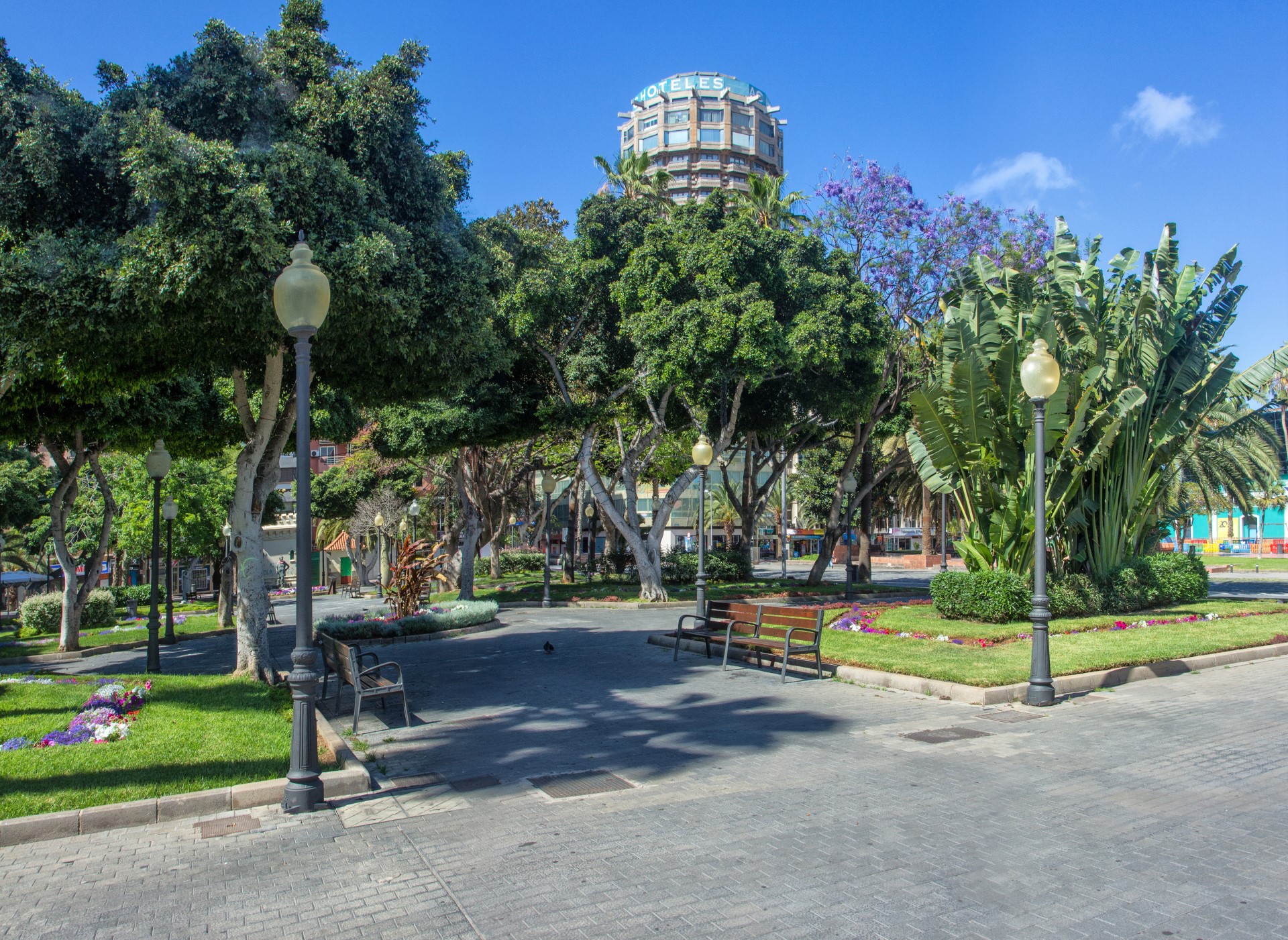
The rivers of Gran Canaria are made of sentences and verses and almost always flow into the sea. Carlos González Sosa, one of the authors on the Book Fair poster, knows this well. This writer, born in Las Palmas de Gran Canaria, began writing short stories at the age of 12 and has moved on from fantasy literature to historical novels. “The ocean that surrounds us is ever present in my stories.”, he says. This has been the case in his epic fantasy novel ‘Los señores de los siete tronos’ (the Lords of the Seven Thrones) and in the trilogy ‘Sangre’ (Blood) about the conquest of the Canary Islands.
Mr González Sosa is part of a group of authors who have turned Gran Canaria into literary material. “It all began one day when I was strolling in Agaete. I saw a small sign to the sugar mills and wondered about their origin. I started to research the history behind them and I could find nothing that told me what had happened. I researched for years and started writing.”, he recalls. “Many people have told me that the trilogy has helped raise awareness and interest in our past. In any case, I am delighted to have started down that road,” he adds.
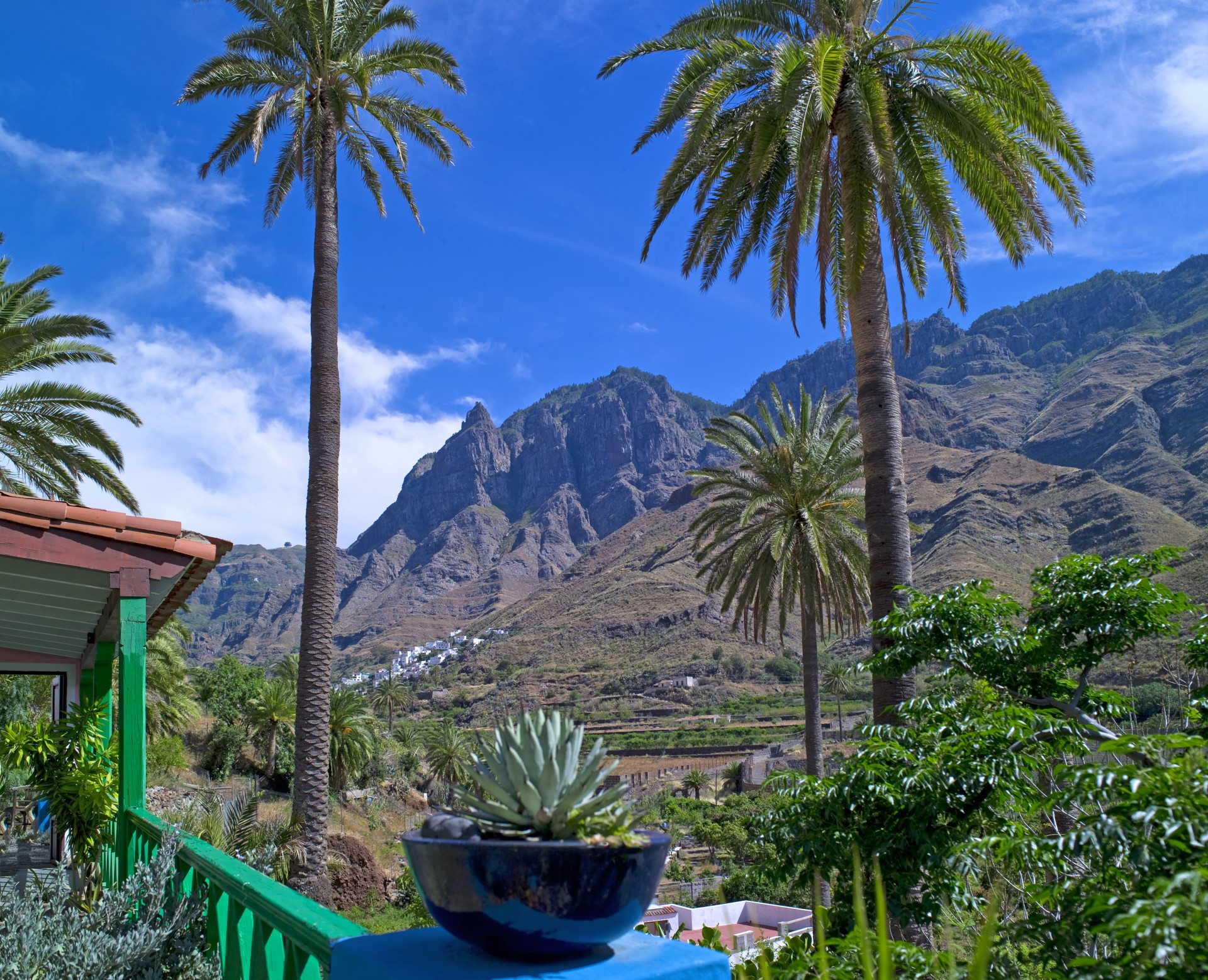
Acerina Cruz was born in 1983 in the heart of tourism in Gran Canaria, in Maspalomas, so she was practically born with ‘La arena en los ojos’ (Sand in [her] Eyes), the title of one of her poems. In her case, her literary creation is intimately linked to tourism. “I started writing about tourism without knowing it, because I was writing about what was around me. My father was the director of an establishment and my neighbours were foreigners, people who came and went, something that also has its beauty. At the end of the day, this is my town”, she reflects.
Holder of a degree in Art History and Advertising, Ms Cruz is part of the project ‘Leyendo el turismo’ (Reading Tourism) together with poets David Guijosa and Samir Delgado. “We want to increase literary awareness in the tourist city. Although it has such an ephemeral appearance, it is loaded with memories and emotions, it is not an empty body, and when literature settles in a place, it makes it take on an identity”, insists this creator. His latest work is ‘El pez limpiafondos’ (the suckermouth catfish) and he wrote in 'Apartamento 714' (Apartment 714) that you can tell if a city is touristic by the number of ghosts that undress in the laundrettes.
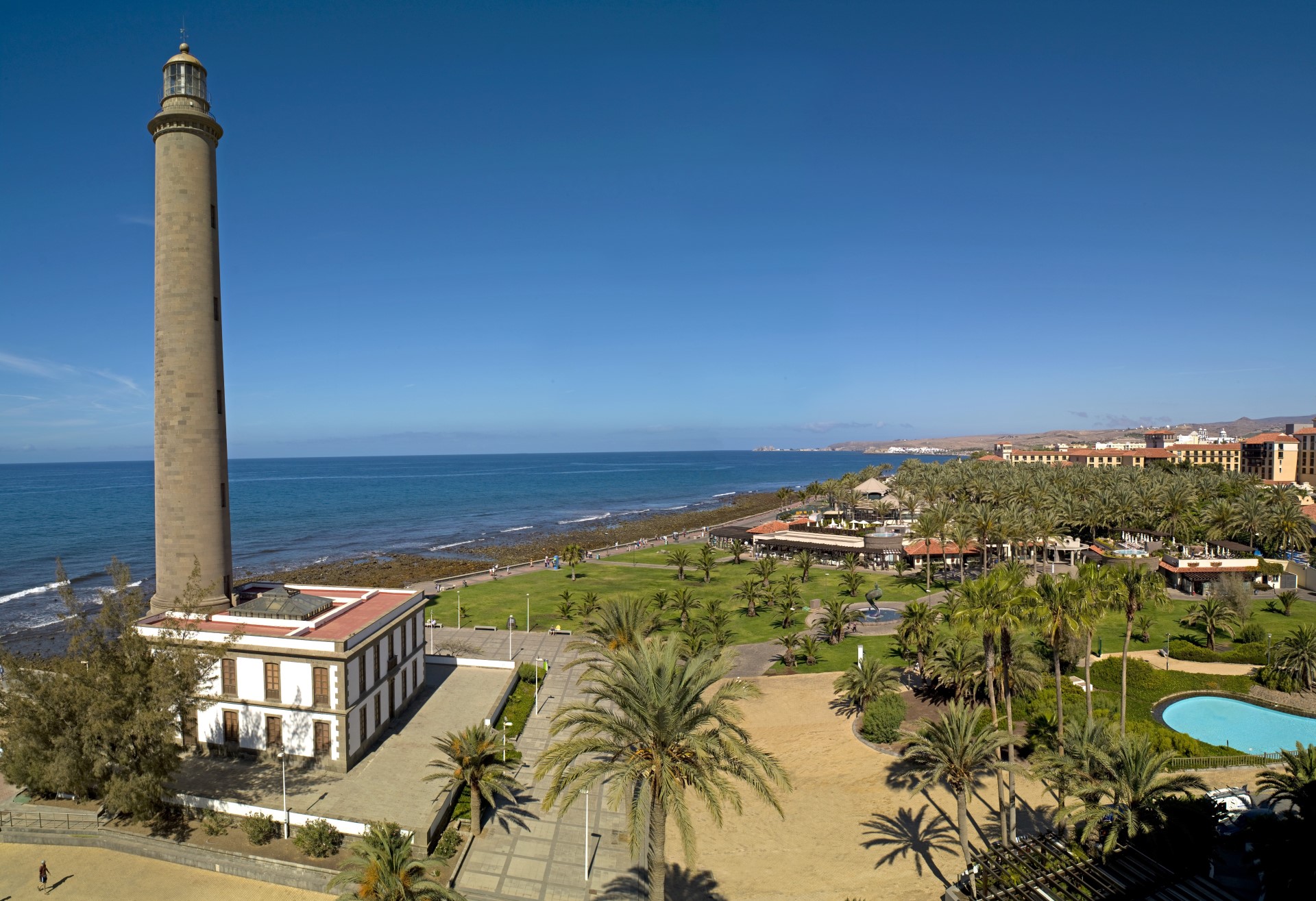
Gran Canaria's sea of words is almost as deep as the ocean that reaches its shores, wave by wave, always with its perfect rhyme between foam and blue. However, the great bard of the Atlantic was born in the heights, in the village of Moya. In 2021, the island celebrates the centenary of the death of the poet Tomás Morales (1884-1921), a figure to whom the Book Fair is also dedicated.
In the words of the director of the Tomás Morales House-Museum: Guillermo Perdomo, the author "initiated the paths of a new literature in the Canary Islands" on the back of modernism. "One of the great contributions he made to Hispanic literature is to incorporate the sea as a poetic theme by creating a mythological ocean," he adds. In fact, he wrote a significant part of his work in Agaete, near the coast, so saltpetre is attached to many of his verses, just as limpets and sea snails cling to rocks.
In his ‘Oda al Atlántico’ (Ode to the Atlantic), Mr Morales refers to the ocean "as an immense crystal anchored in the earth". The sculpture that immortalises him together with his friends and poets Saulo Torón and Alonso Quesada is located only a few metres from the water on the Puerto de las Nieves promenade in Agaete. It is a bronze reminder of his days of poetic ecstasy in front of the immensity of the ocean.
The currents of creativity and of the waters are also intermingled in the verses of Tomás Morales' coetaneous peers and friends. "Serenely the sea comes to my soul in these slow summer evenings", wrote Alonso Quesada (1886-1925) in 'El lino de los sueños' (the Linen of Dreams), while Saulo Torón (1885-1974) spoke in his 'Canciones de la orilla' (Seashore Songs) of hair in the wind that resembled "a bundle of endless flames". Light and ocean. Again.
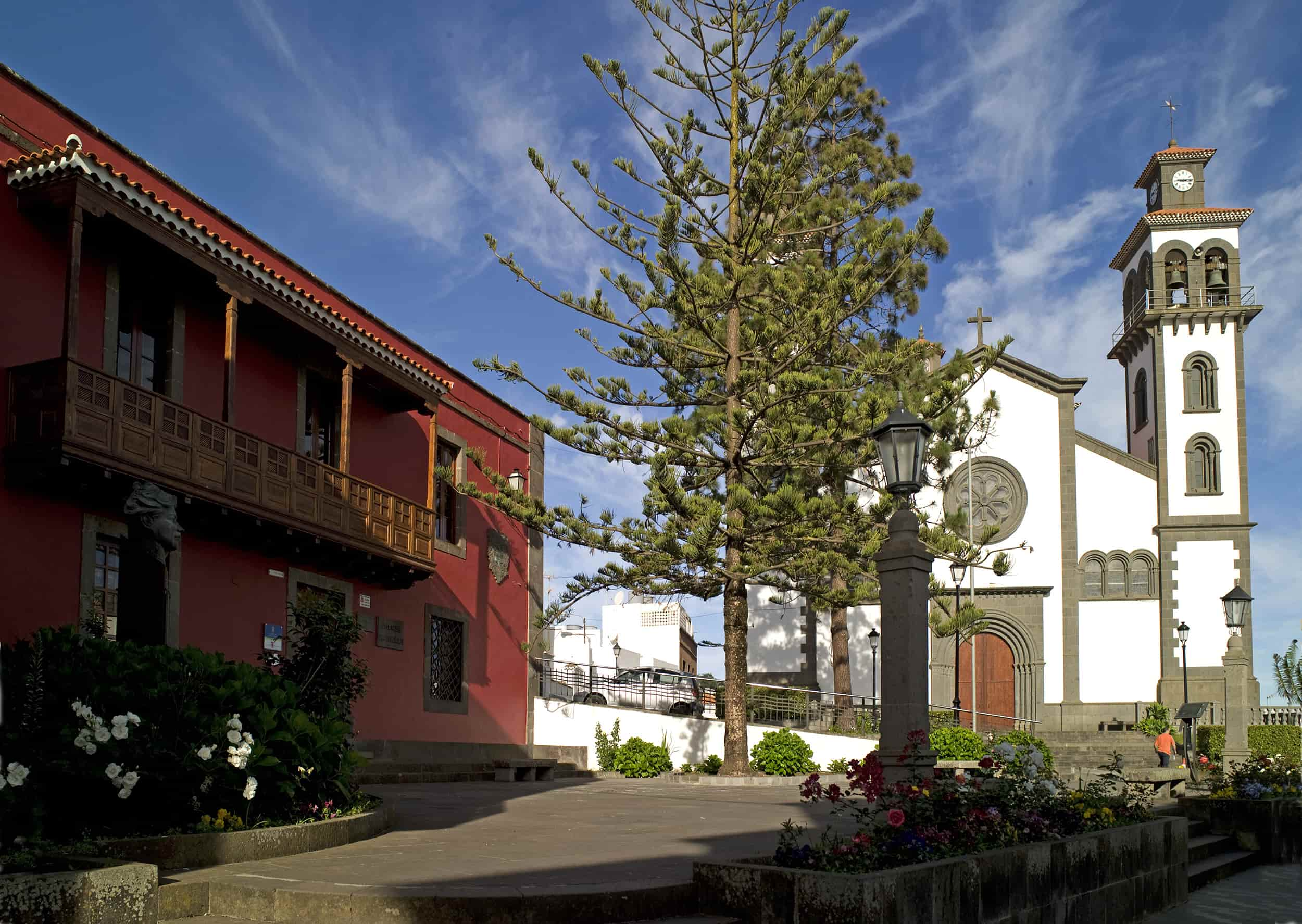
The Gran Canarian writer Josefina de la Torre (1907-2002) kept in a poetic chest the memory of feet covered in white sand from an unknown beach. "That is why when you came to me I did not hear your footsteps", she said of someone who also carried the white sea foam in their open hands.
Another local artist, Pino Ojeda (1916-2002), founder of the first art gallery in Gran Canaria, recounted in ‘Como fruto en el árbol’ (Like a Fruit on a Tree) the search for the loved one, an endeavour that travels the island from end to end through valleys, lily meadows, mountains, springs, hidden paths, seas, fragile sailboats, seaweed, fish, sharp rocks, waves and wide golden beaches. Thus, the island and its beautiful sites are transformed into a stage for human passions.
The rooms of the old Metropole Hotel in Las Palmas de Gran Canaria also overlooked the sea. The queen of mystery, Agatha Christie, stayed in one of them in 1927. The master of suspense set one of Miss Marple's cases, 'The Companion’, on the north coast of Gran Canaria. The text is part of the writer's mark on the city, where she enjoyed the sea both on Las Canteras beach and what used to be Santa Catalina beach, on which the Naval Base has since been built. She was also seen at the British Club and the Tennis Courts, meeting points for the English colony. It should come as no surprise that the International Prize for Mystery and Intrigue Novels of the island's capital is named after her.
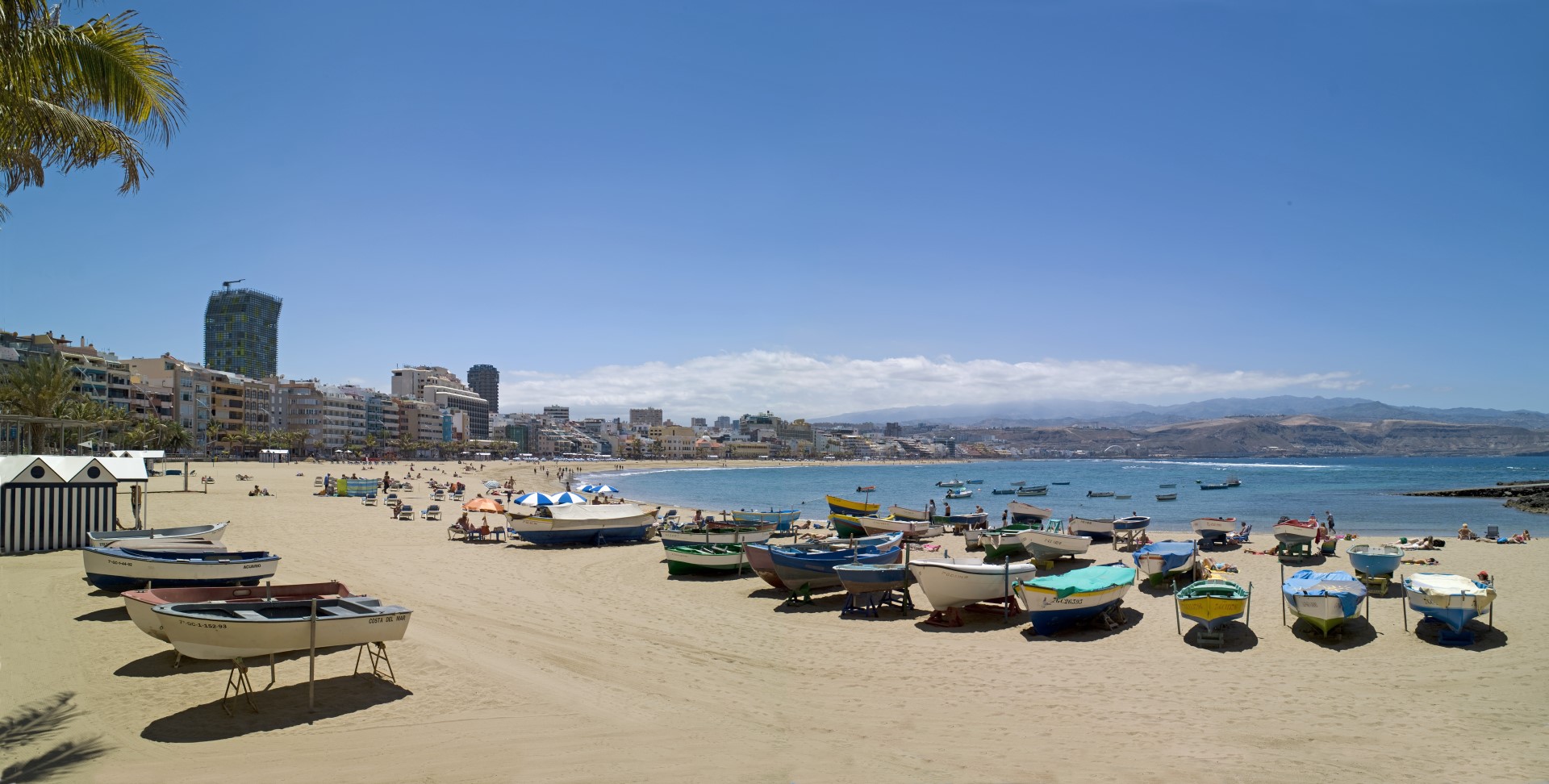
Another literary genius, in this case Jules Verne, did not even need to visit Gran Canaria to imagine a story set on the summit, a space declared a Unesco World Heritage Site in 2019 and which he described with the references he possessed and what his imagination dictated in ‘The Thompson Travel Agency’.
"Located on the inner slope of the Caldera of Tejeda, at an altitude of over 1,200 metres, the village of Artenara is the highest on the island. From this point, the view is splendid. The cirque, without a rockfall, without a crack, unfolds before the astonished eye its elliptical periphery of 35 kilometres, from which, streams and ranges of wooded hills converge towards the centre, in the shelter of which hamlets have been founded.", says Mr Verne. The man who pioneered the voyages to the moon and the conquest of the poles was also one of the first to bring the mountains of Gran Canaria to international prominence.
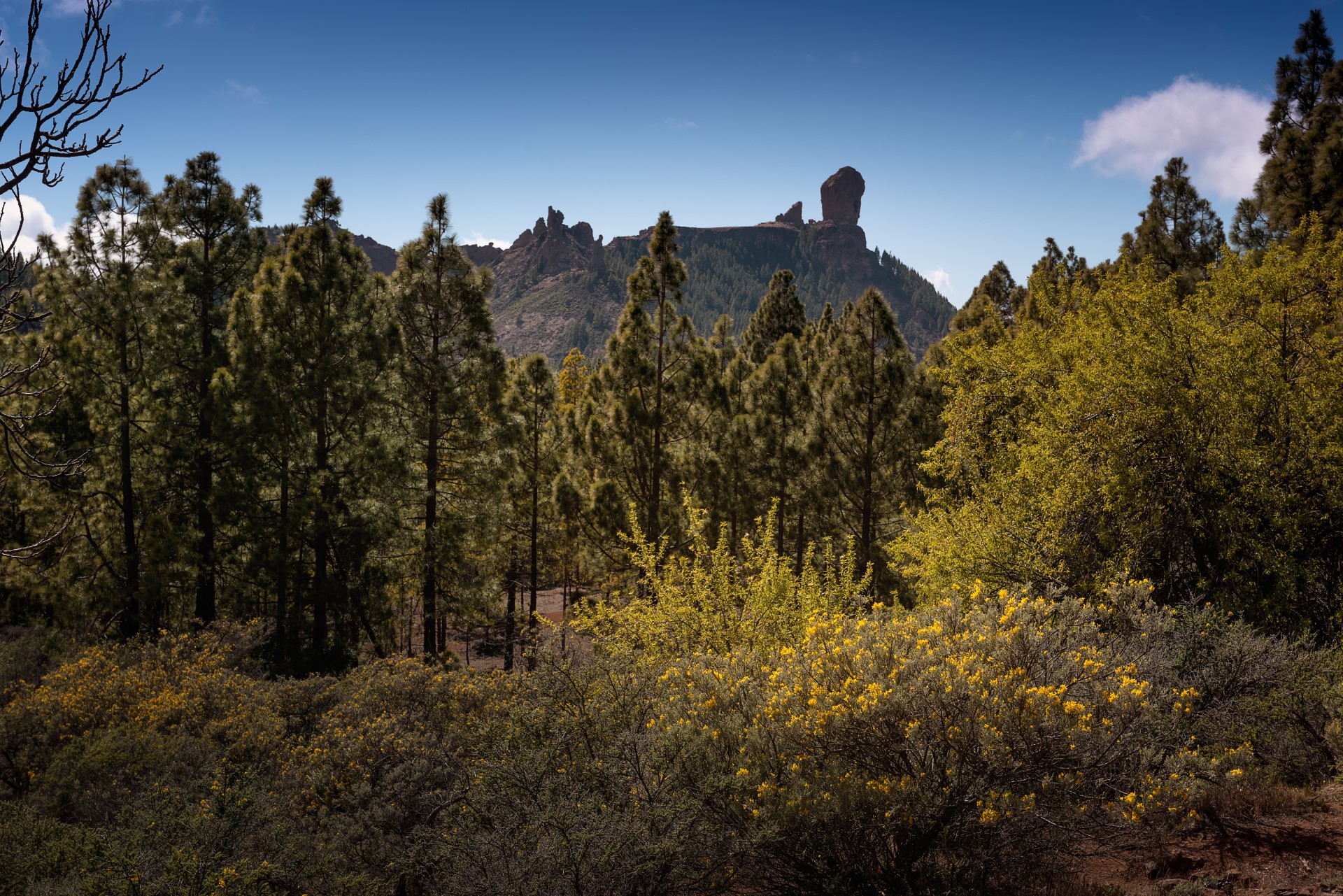
The light becomes dim and conducive to dancing with the shadows. We are in Cano Street in Las Palmas de Gran Canaria, illuminated by oil lamps in 1843, when the writer Benito Pérez Galdós, one of the stars of the European novel in the 19th century, was born. At the age of 19 he moved to Madrid, where he made a name for himself. But he never lost his ties with his homeland. His last visit to the island was in 1894. He visited the chapel of San Telmo. The Confraternity of Seafarers gave him a reproduction of the galley that was given to the saint as an offering, the same boatlet that he used to look at as a child every time he entered the church.
“My office overlooks the sea”, confesses Domingo Rivero (1852-1929), also from Gran Canaria, in the beginning of one of his poems. More than a century later, the phrase seems to sum up the dream come true of the remote workers who come to Gran Canaria in search of the perfect place to reconcile work and enjoyment. The island continues to be written and rewritten. Here ends a chapter. Anywhere in Gran Canaria, right now, someone is starting to write the next one.
USEFUL INFORMATION
WHERE AND WHEN. The Las Palmas de Gran Canaria Book Fair will take place from 7th to 12th October, in Santa Catalina Park and the Elder Museum. On the 7th and 8th there will be afternoon sessions only. On the weekend and the closing day, there will be morning and afternoon sessions.
FIVE SECTIONS. This year’s edition, the 33rd, is divided into 5 sections: General Literature, which includes the ‘Letras a quemarropa’ cycle, Children´s and Youth Literature; Climatic Change; ‘Letras Negras’; ‘Arcoíris’ and a Perennial Session for authors of the Canarian archipelago.
16 CANOPIES. These are the spaces reserved for the stands of the bookshops, publishers and institutions participating this year

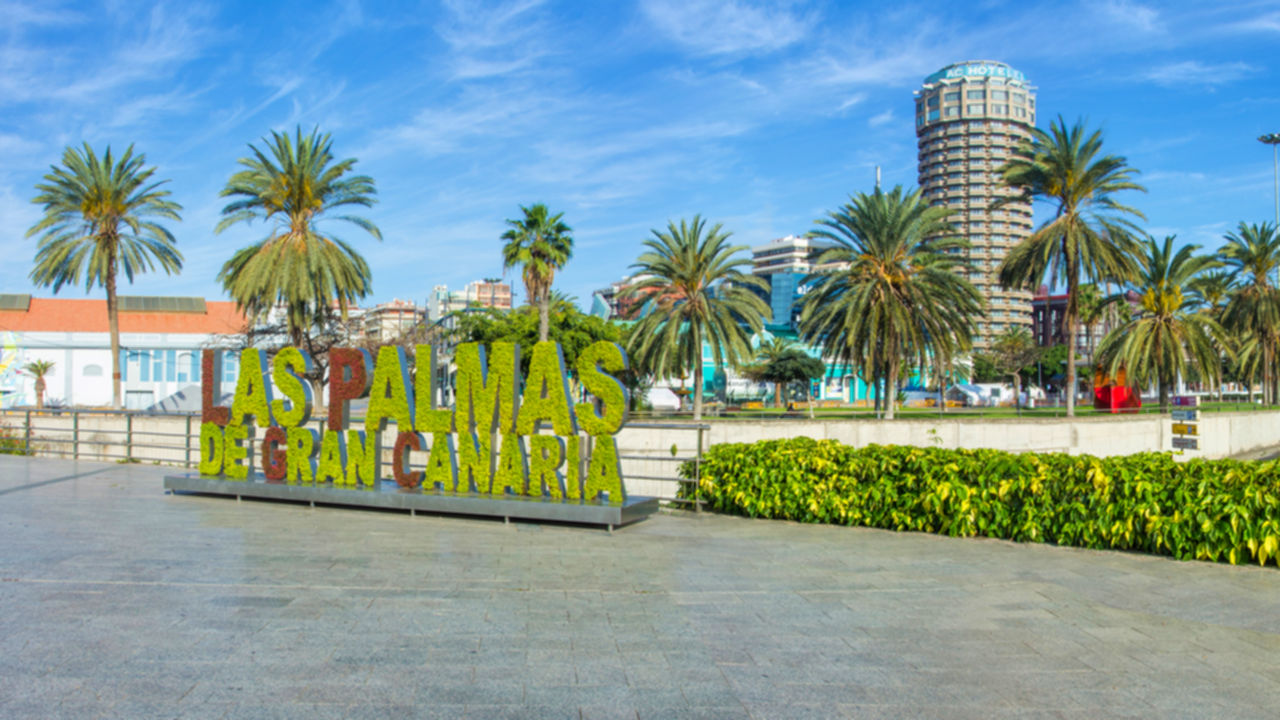
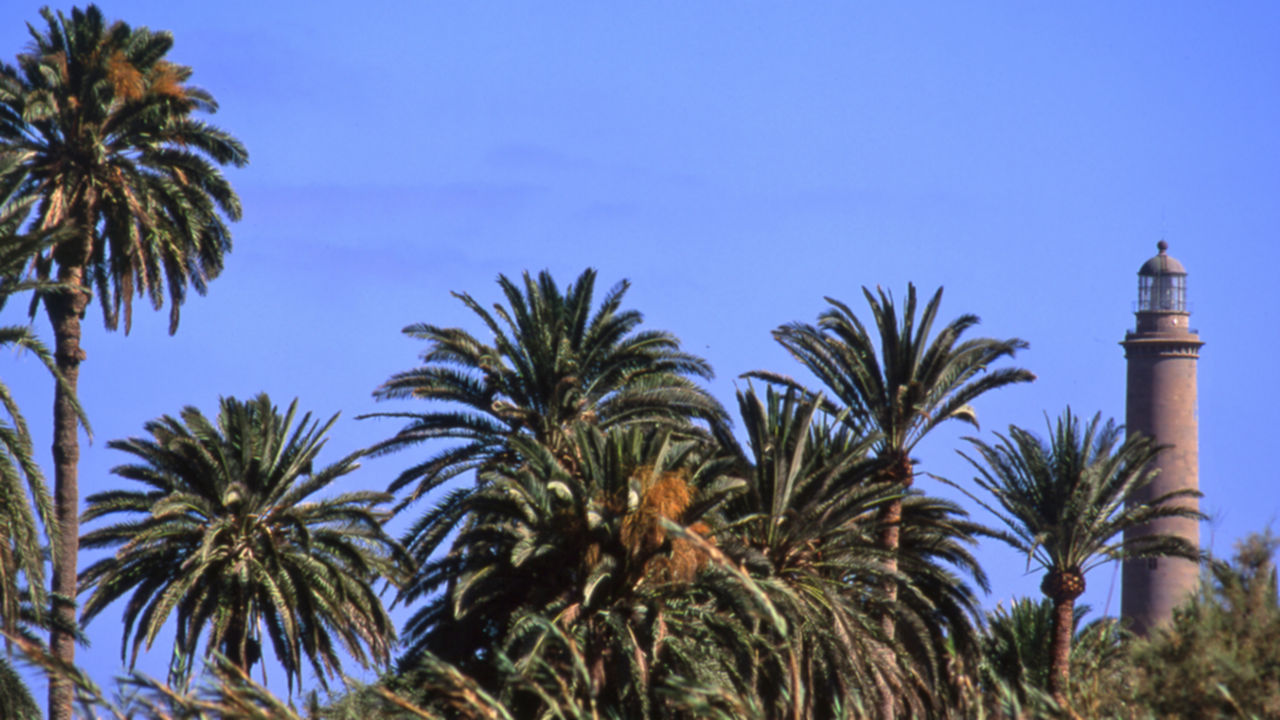
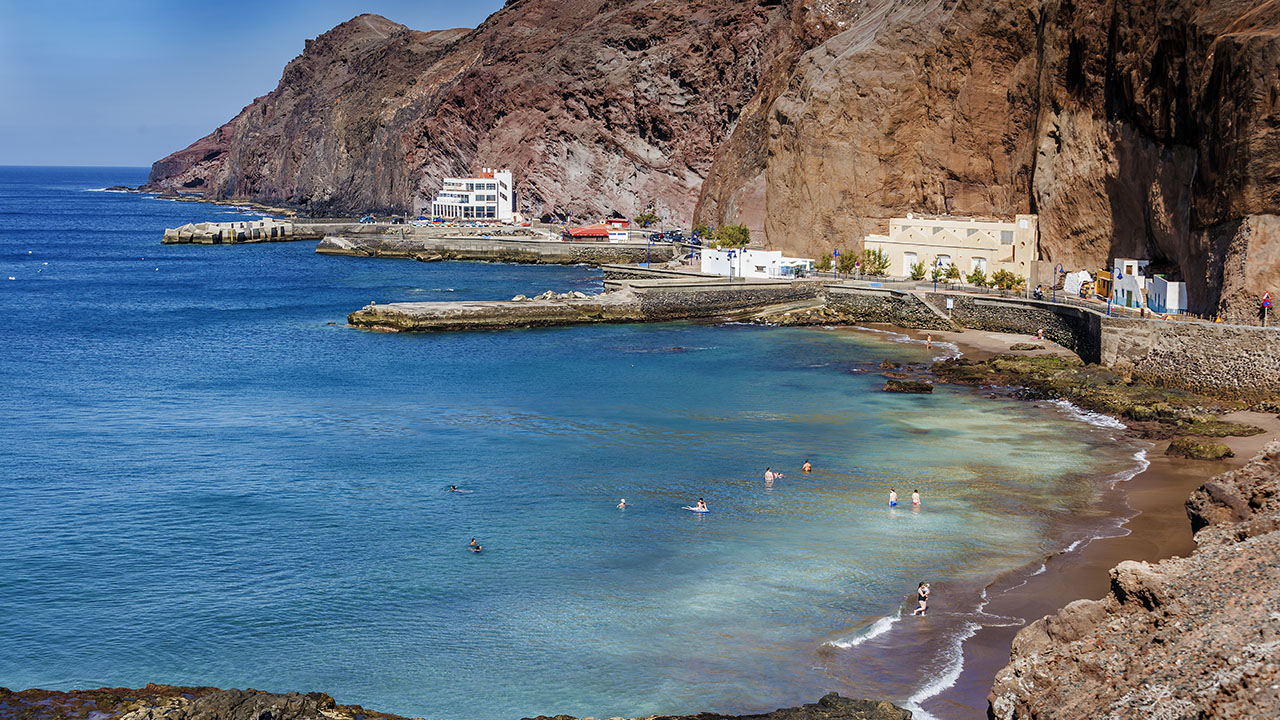
Comments are disabled for this post.